Designated 19 July 1990 Year built 1885 | Reference no. 5074 | |
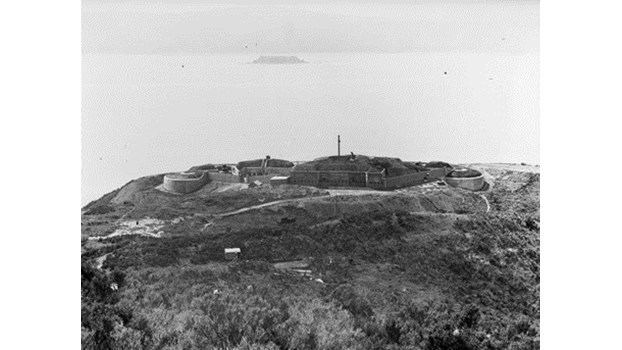 | ||
Location Point Gordon, Wellington | ||
Fort ballance free running at point gordon wellington ft hayden nickel
Fort Ballance was a coastal artillery battery on Point Gordon on Wellington's Miramar Peninsula.
Contents
- Fort ballance free running at point gordon wellington ft hayden nickel
- Overview
- Construction
- Fort Ballance
- Fort Gordon
- Foreshore Batteries
- Gordon Point Battery
- Seesaw Searchlight
- Fatal accidents
- References
Built in 1885 following fears of an impending war with Russia, Fort Ballance is one of the best preserved of a string of nineteenth century coastal defences constructed to protect New Zealand from a naval attack. In 1885, the Government, reluctantly acknowledging that they could not rely solely on Britain for protection, commissioned engineer Major Henry Cautley to design a series of fortifications to protect the country's main ports. The Fortress is listed as a Category I Historic Place. Fort Ballance was the premier fort in the Wellington area for 26 years (1885-1911). Used by the military over a period of 60 years (1885-1945), the 1880s layout of Fort Ballance is largely unaltered and a good impression of the original nineteenth century fort remains. The fort is a permanent reminder of the technology used in the coastal defence network of the 1880s and it is an early example of the use of concrete as a building material.

Overview

Fort Ballance is the largest of the military installations located on the spur between Mahanga Bay and Scorching Bay. The other positions were known variously as Fort Gordon, the Spur Battery and the Low or Foreshore Battery. The ruins of these forts and batteries were partly buried about 1960.
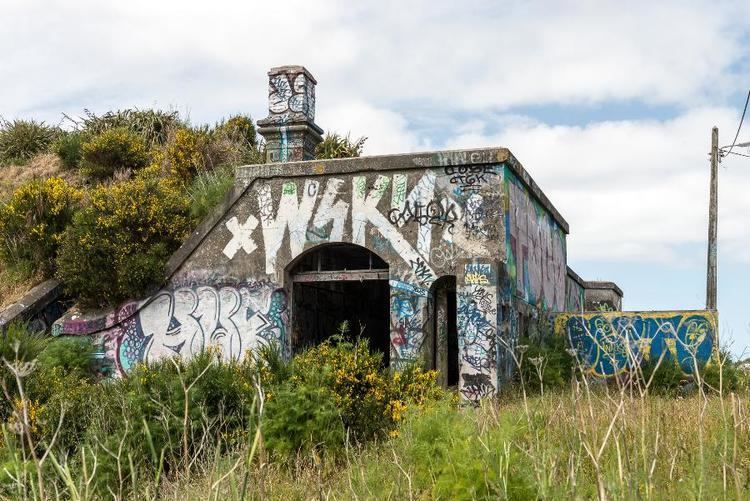
The fort follows the topography of the spur and earthworks were used to build up the centre of the position where the command post and communications centre were located. Earthworks also provided protection for the barracks, ablution areas, magazines and stores to the rear of the gun pits.
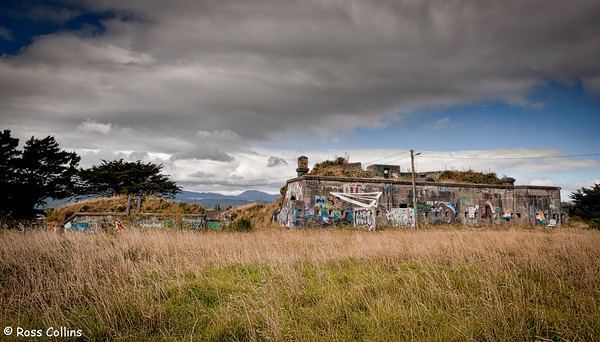
The rear of the fort adjoining the accommodation casemates was enclosed by musketry parapets and loopholed walls, parts of which have been demolished.
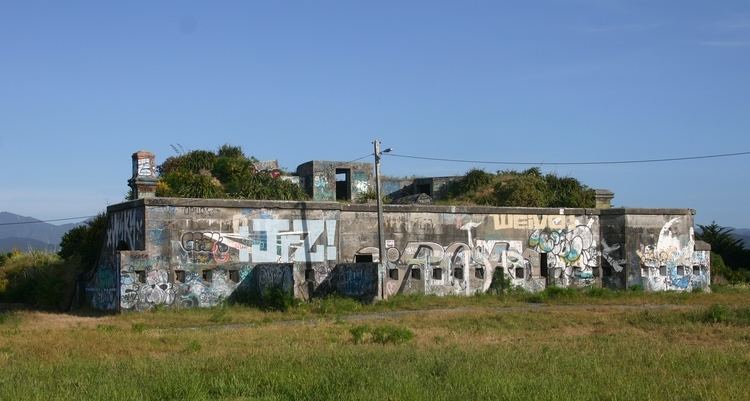
Fort Ballance had positions for five main gun pits facing the channel. The concrete gun pits, some of which were closed and others open, are circular or semi-circular and while the guns have been removed the gun emplacements remain intact.
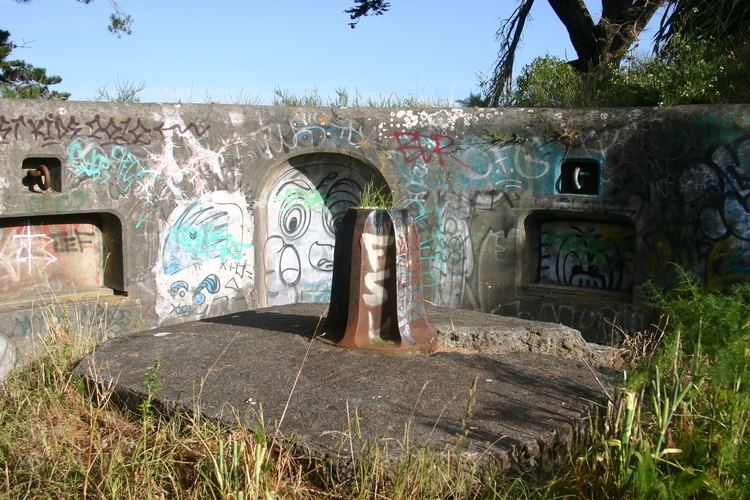
Fort Gordon, to the south of Fort Ballance, consisted of one gun-pit and magazines. It is now almost completely buried as are the smaller positions lower down the spur. Tunnel entrances have been filled in.
Additional firing support was located at Kau Point and Point Halswell, and the positions were protected from land attack by a further defence position on Mount Crawford.
Construction
Fort Ballance is an emplacements that can truly be called a 'fort', that is it was a self-contained unit built to withstand an enemy attack from the land. Fort Ballance was built of timber, mortar and corrugated-iron sheets by former members of the armed constabulary and prison labour from Mount Crawford Goal. During the 1890s the wooden construction was rebuilt with concrete.
Fort Ballance
The main armament at Fort Ballance evolved over the years to include:
Fort Gordon
The main armament at Fort Gordon consisted of:
Foreshore Batteries
The main armament of the Low Battery consisted of:
Gordon Point Battery
Seesaw Searchlight
Below and to the east of the Fort was a "seesaw' searchlight, set up in 1891 and powered by the stream engine in Fort Ballance. The searchlight consisted of a electric carbon lamp, capable of a strong beam for target illumination, because the bulb was vulnerable to enemy fire, it was protected in a recessed emplacement whilst a large mirror, attached to the end of the ‘see-saw’ girder reflected the light beam across the water.
The Searchlight was able to illuminate targets from the harbour Heads to Ward Island with a power of 50000 candlepower.
Only a few of these were built anywhere in the Empire. It was difficult to operate and was never successful and the position was abandoned in 1899, but the emplacement remains today.
